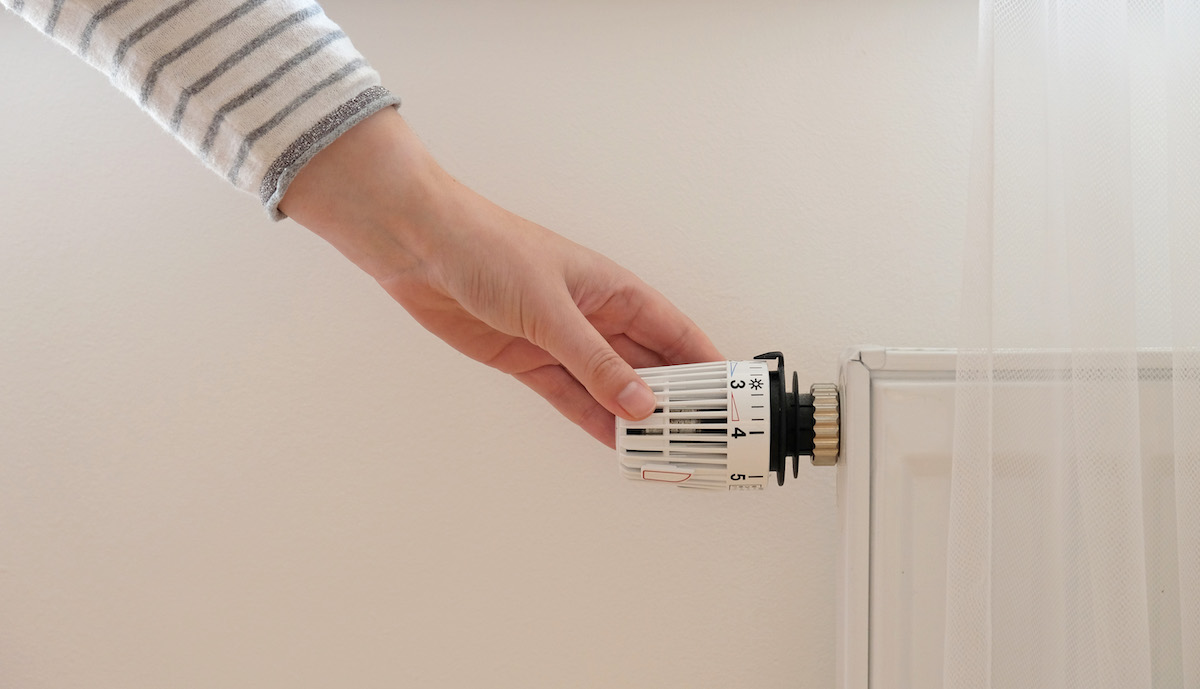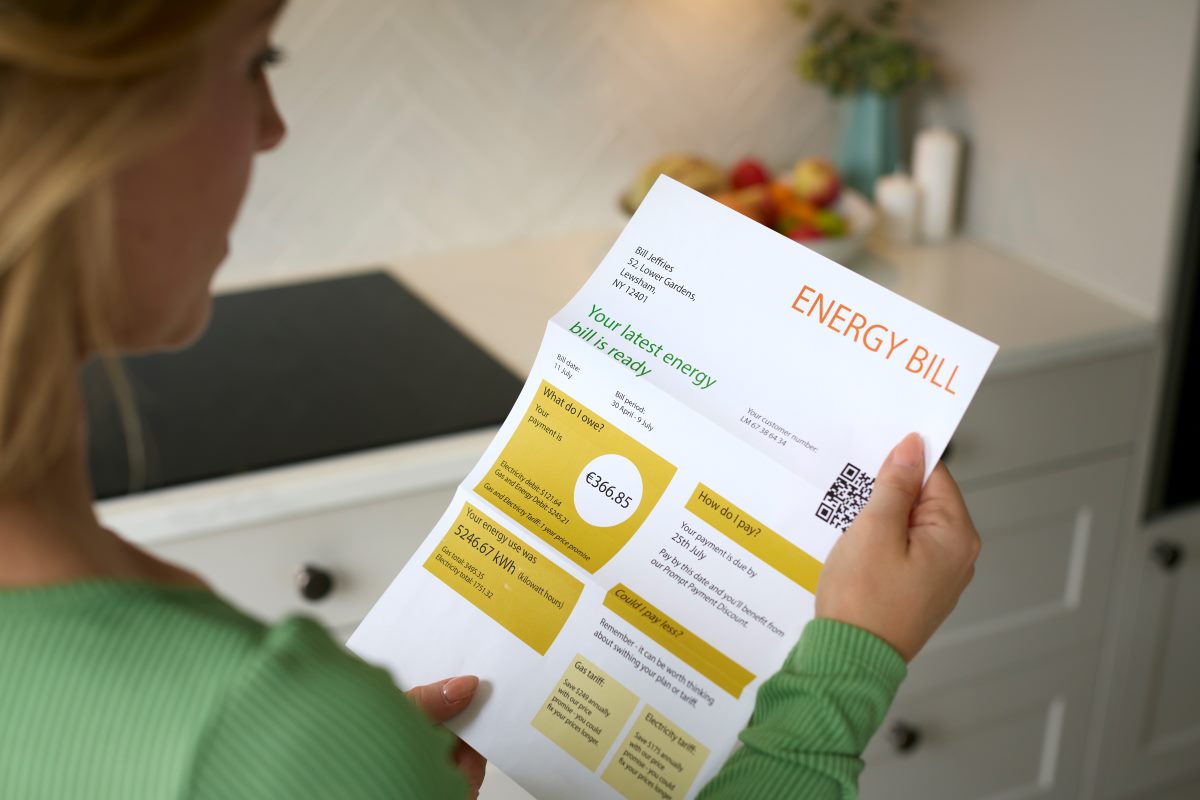A smart thermostat is a thermostat that you can control remotely through internet-connected devices such as phones, tablets, and smart speakers. Smart thermostats allow you to schedule and modify the temperature of your home remotely.
Smart thermostats are an upgrade on standard thermostats – which you have to set manually – and programmable thermostats – which can be set to change throughout the day, but not remotely.
What are the Main Types of Smart Thermostats?
Table of contents [Show]
There are three main types of smart thermostats available.
Learning Thermostats
Learning thermostats are smart thermostats that learn when the home is likely to be occupied based on occupants’ behaviour. The thermostat then heats and cools the house automatically, stopping heating and cooling systems from being left on too long and ensuring the home is comfortable when occupants arrive.
Zoned Systems
Zoned systems smart thermostats work by controlling the temperature in individual rooms instead of merely the whole home.
Learning Zoned Systems
Learning zone systems are the most advanced smart thermostats available. These thermostats learn the heating and cooling patterns of each room and then automatically adjust to meet needs.
How Do Smart Thermostats Work?
Smart thermostats connect to the HVAC system, like standard thermostats. However, they are also connected to your home’s wifi and your electronic devices such as phones and tablets. This connection to wifi and electronic devices allows you to control your home’s temperature remotely.
How Can Smart Thermostats Save You Money?
There are various ways that smart thermostats save you money.
Only Heat and Cool as Much as You Need It
Smart thermostats allow you to change your home’s temperature remotely. This remote function means that if you forget to turn the heating or cooling down when you leave, you can still do it later and avoid wasting energy.
High-Tech Smart Thermostats Learn From Your Behaviour
Advanced smart thermostats work by learning from your behaviour and predicting when you will leave home and return. Such thermostats will turn on and off the heating and cooling systems automatically, which again avoids you wasting energy by accidentally leaving the thermostat on.
Some smart thermostats also use geofencing technology, which turns off the thermostat when you leave your immediate geographic area, for example, on a trip.
Smart Thermostats Monitor Your Heating and Cooling Usage
Smart thermostats can provide you detailed reports on your heating and cooling patterns. Having access to such information helps you understand where you can make energy savings.
Customize Each Room
If you place separate smart thermostats in individual rooms in your home, you can heat and cool them differently. The advantage of this is that it avoids unnecessarily heating or cooling rooms that you do not use often.
To do this, you have to have an HVAC zoning system, which can redirect air to specific home areas.
Some Smart Thermostats Can Connect to Smart Speakers
To make it even easier to keep your thermostat at the correct temperature and not waste energy, you can pair most smart thermostats with smart speakers. Doing so means you only need to ask your speaker to change the temperature for you.
How Much Can Smart Thermostats Save You?
It is undeniable that purchasing a smart thermostat will save you energy. However, there are numerous factors to consider when estimating just how much energy you would save by buying one.
Firstly, homes with separate smart thermostats in each room and an HVAC zoning system will save more energy, as you can customize the temperature for each room in your home.
Secondly, the colder the winter and the warmer the summer, the more you have to use your heating and cooling to maintain a comfortable home temperature. If you accidentally leave your HVAC system on in such climates, there will be a large amount of energy wasted, meaning that avoiding this type of wastage with the help of a smart thermostat will save you a lot of money. Therefore, smart thermostats are more effective in freezing winters and hot summers, such as in Canada.
With all of this in mind, estimates vary as to exactly how much energy a smart thermostat will save you. Nest – one of the leading smart thermostat companies – states that, on average, their smart thermostats lower heating bills by 10-12% and cooling bills by 15% a year. Ecobee, Canada’s largest smart thermostat company, goes even further, estimating that their products save you up to 23% a year on your energy bills.
Smart thermostats are a significant inventment up-front, costing between $250 and $350. However, they eventually pay for themselves, with Nest claiming that their thermostats’ payback period is two years.
Therefore, we only recommend buying a smart thermostat if you plan to stay in your current home for at least two years. If you rent your home, you can still install a smart thermostat, but you will have to get permission from your landlord first.
Bear in mind that you can achieve the same savings with a programmable thermostat. However, it takes a great deal of effort to adjust the schedule and thermostat settings constantly. Therefore, we recommend a smart thermostat as it is a more flexible and simple option, saving you time and eliminating the potential for human error leading to energy waste.
Conclusion: Smart Thermostats are Good for the Environment and Your Wallet
In conclusion, it is clear that smart thermostats are good for the environment and save you money. While they are a significant up-front investment, they pay for themselves relatively quickly and make your home life that little bit easier.
Remember that the Home Winterproofing Program, which we deliver on behalf of Enbridge Gas, offers Smart Thermostats free of charge to eligible participants.



